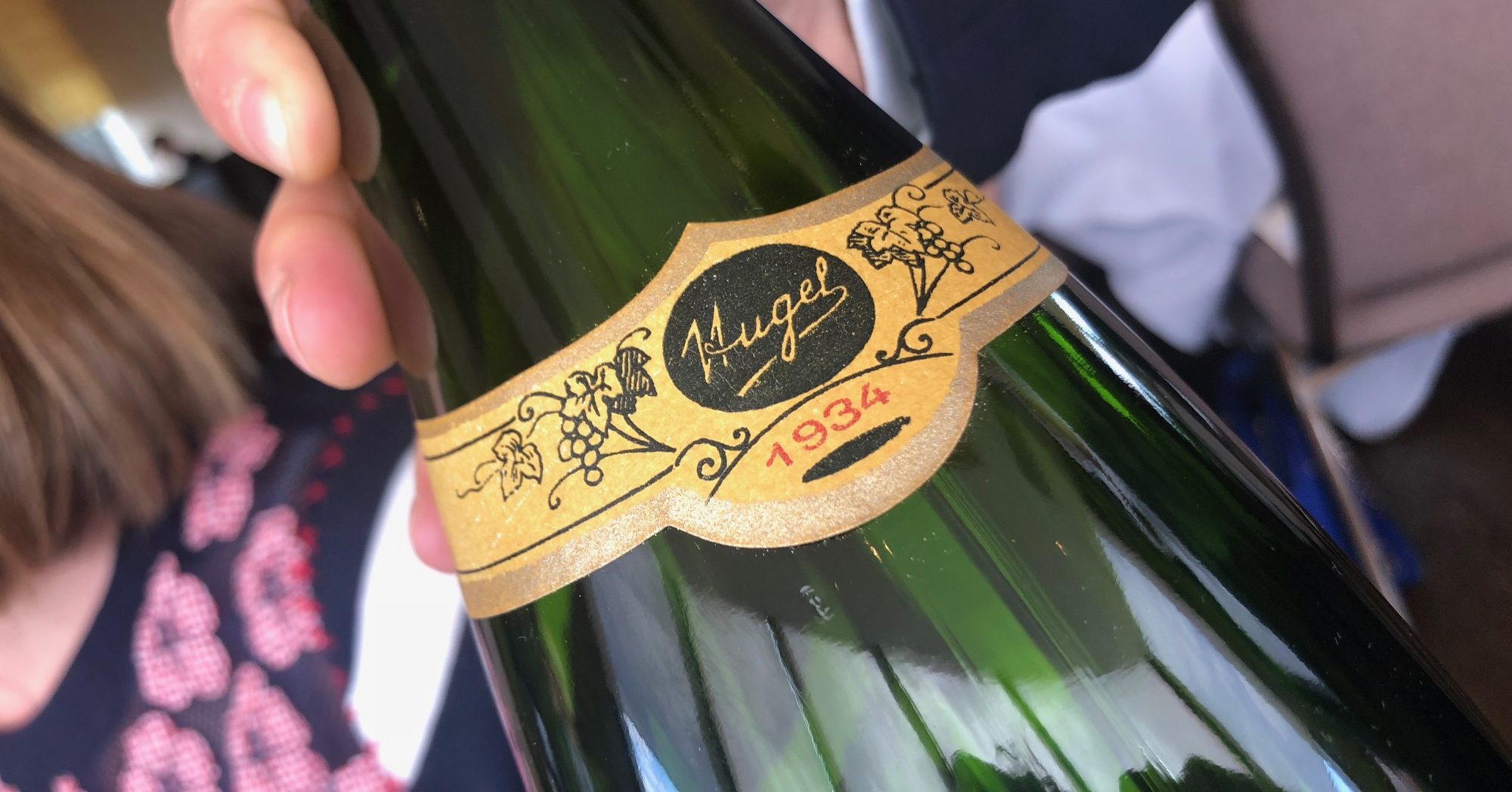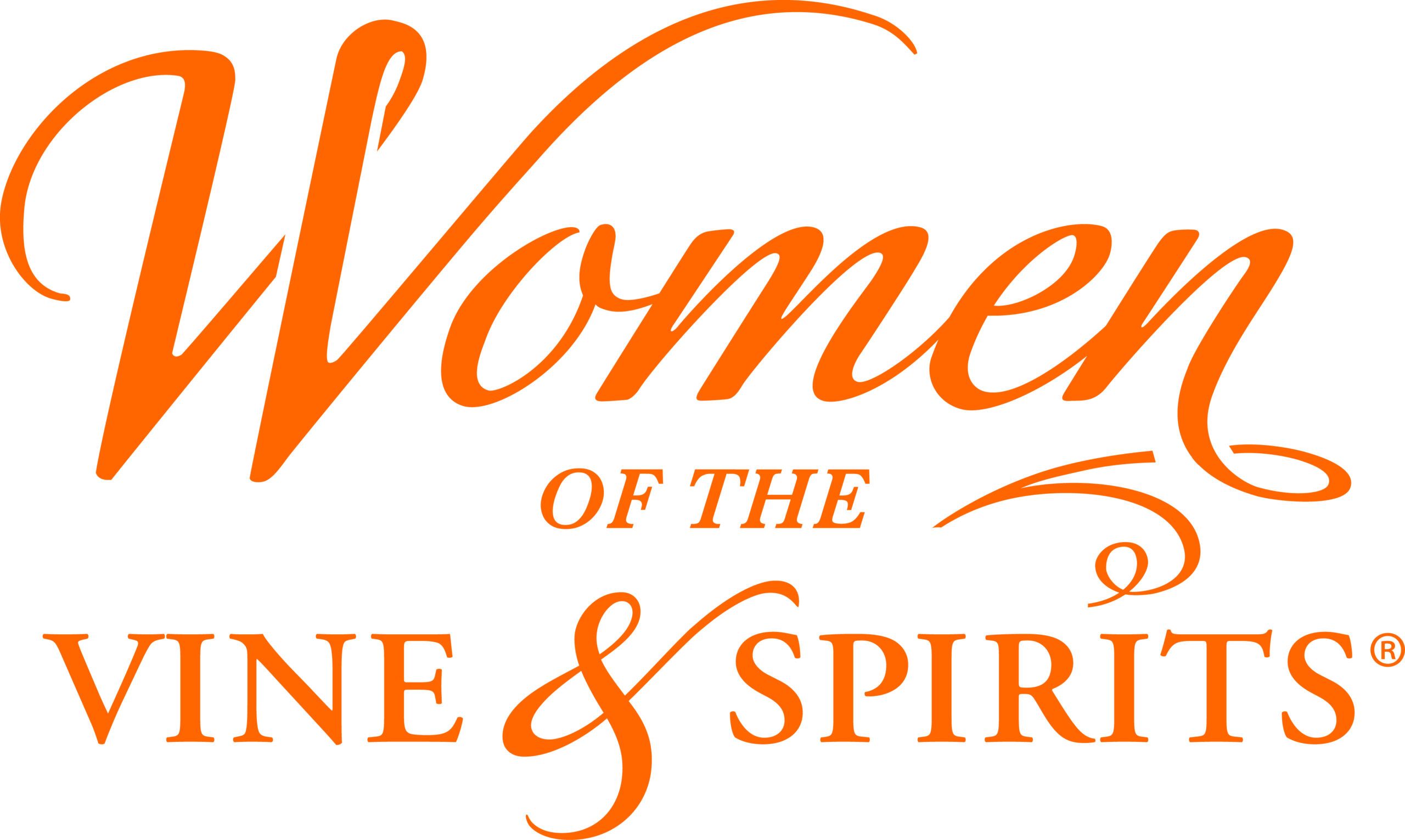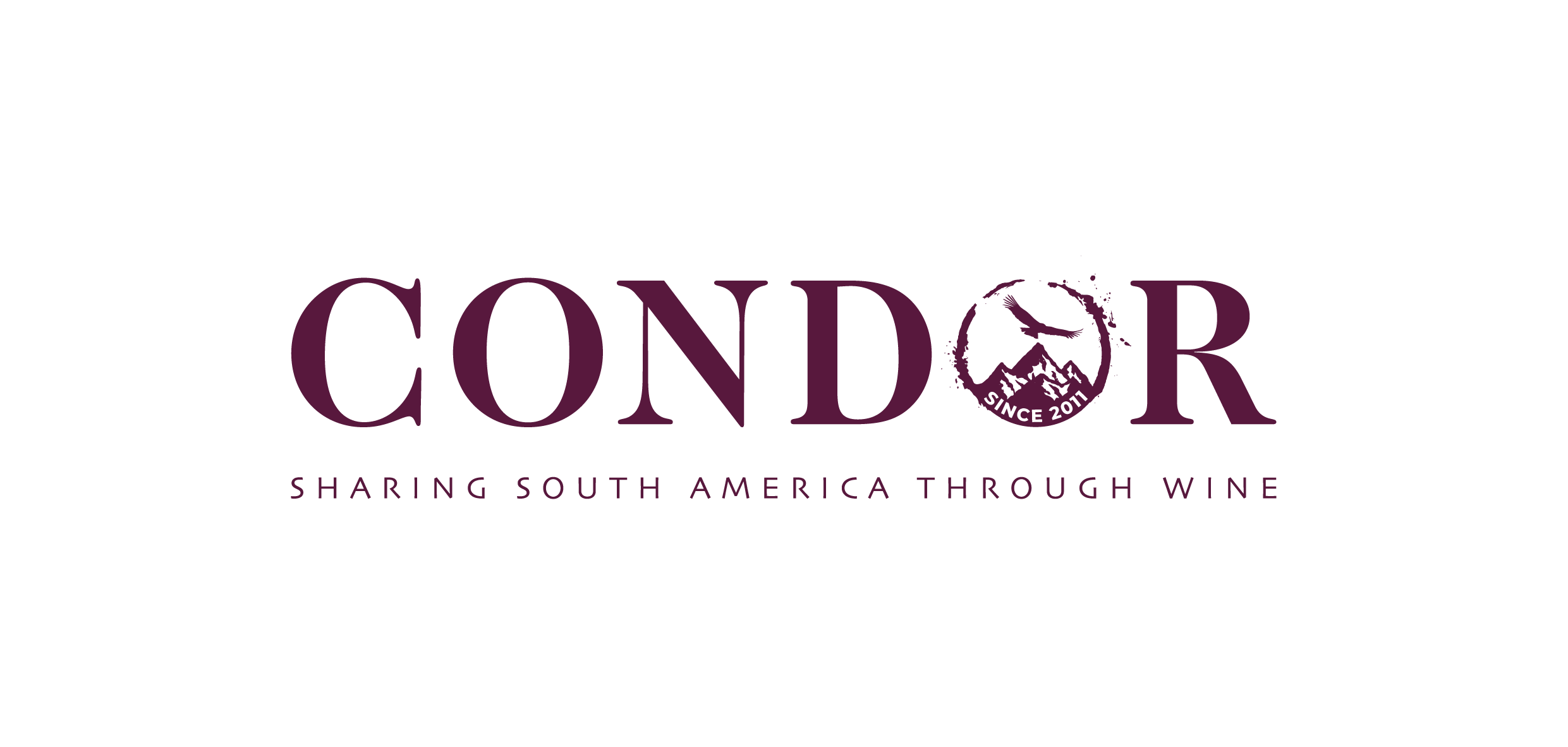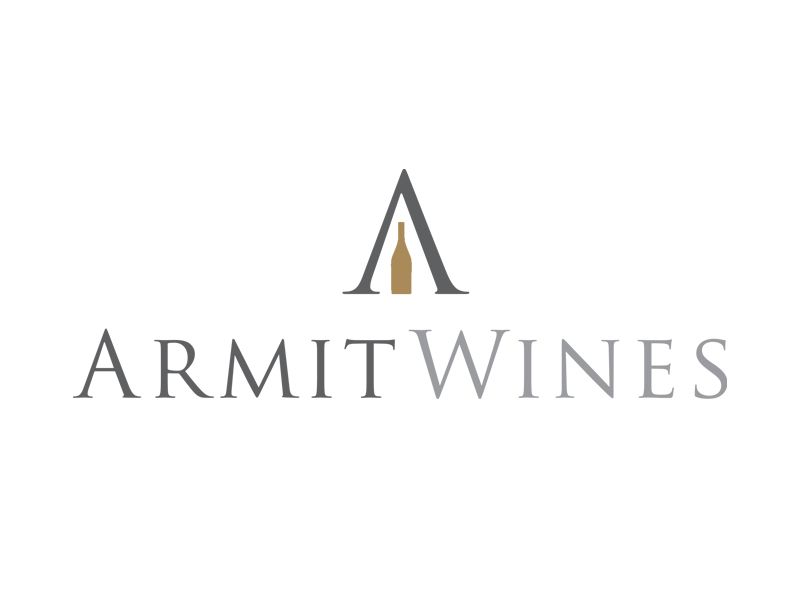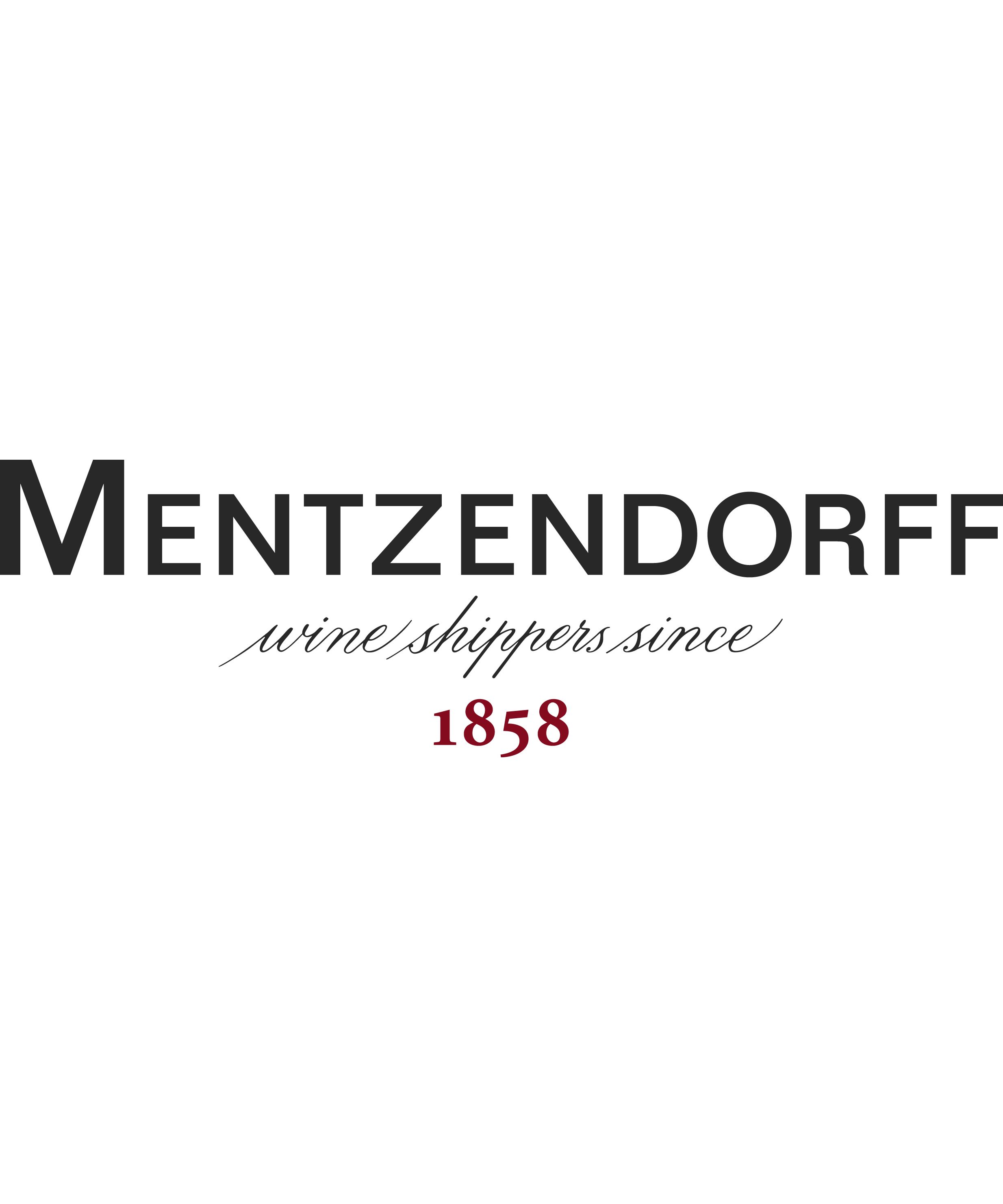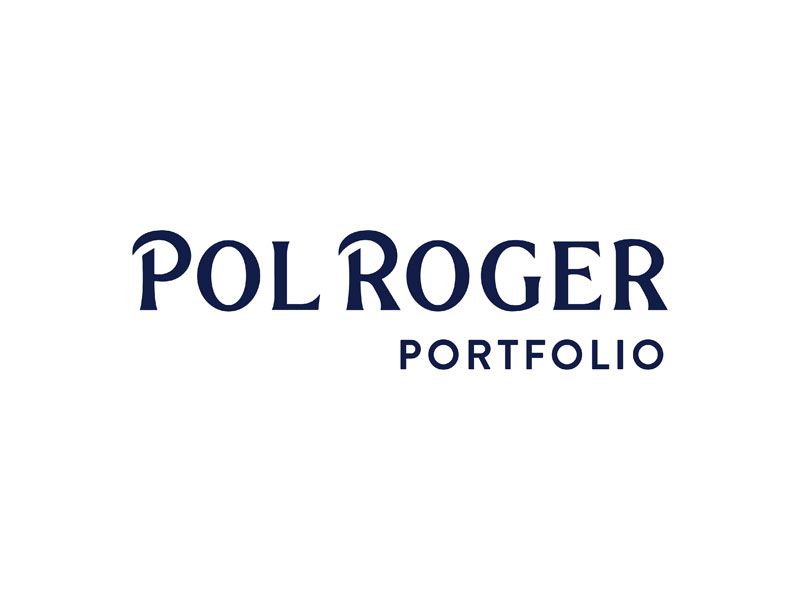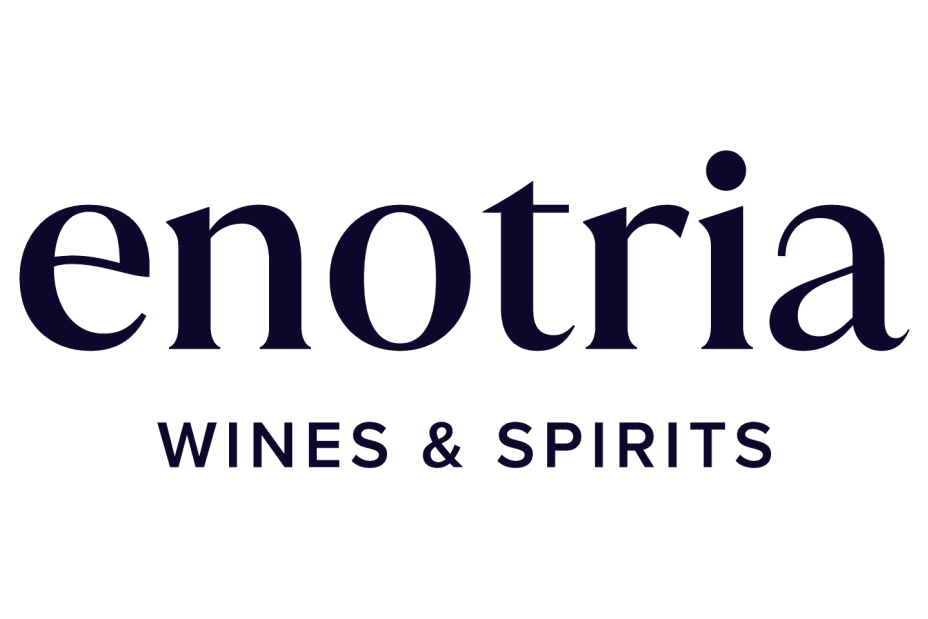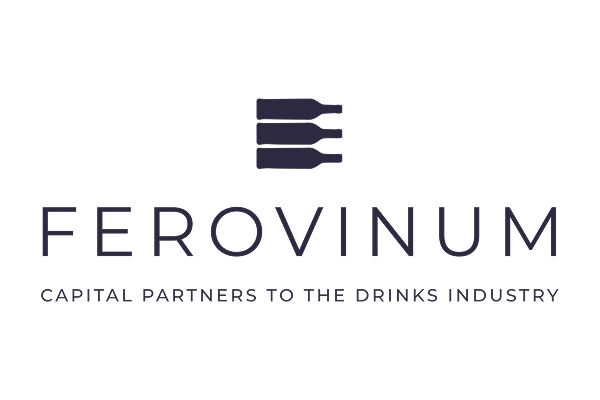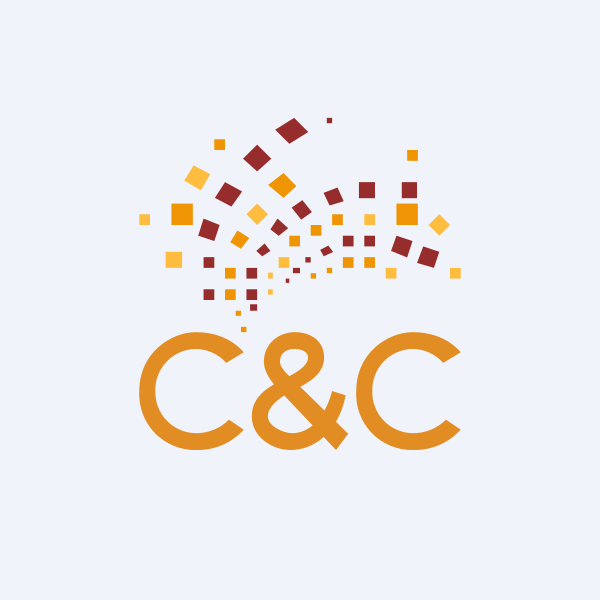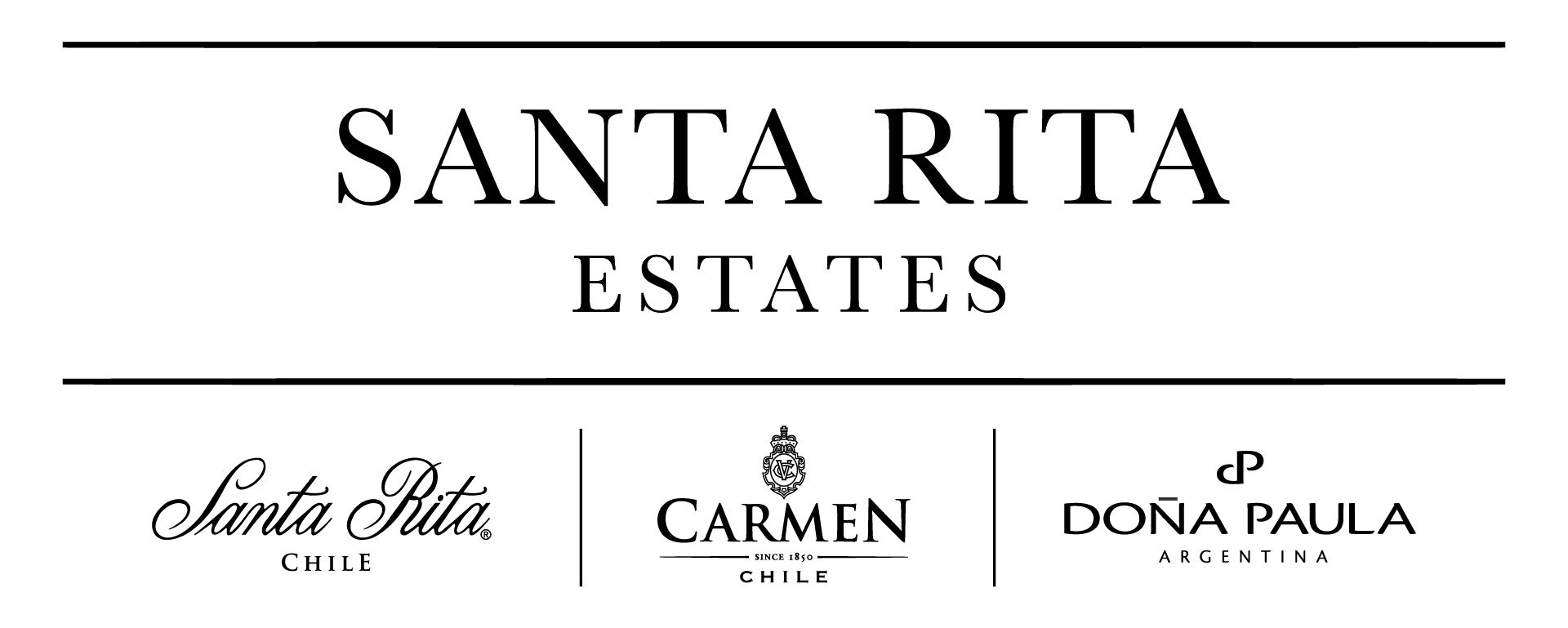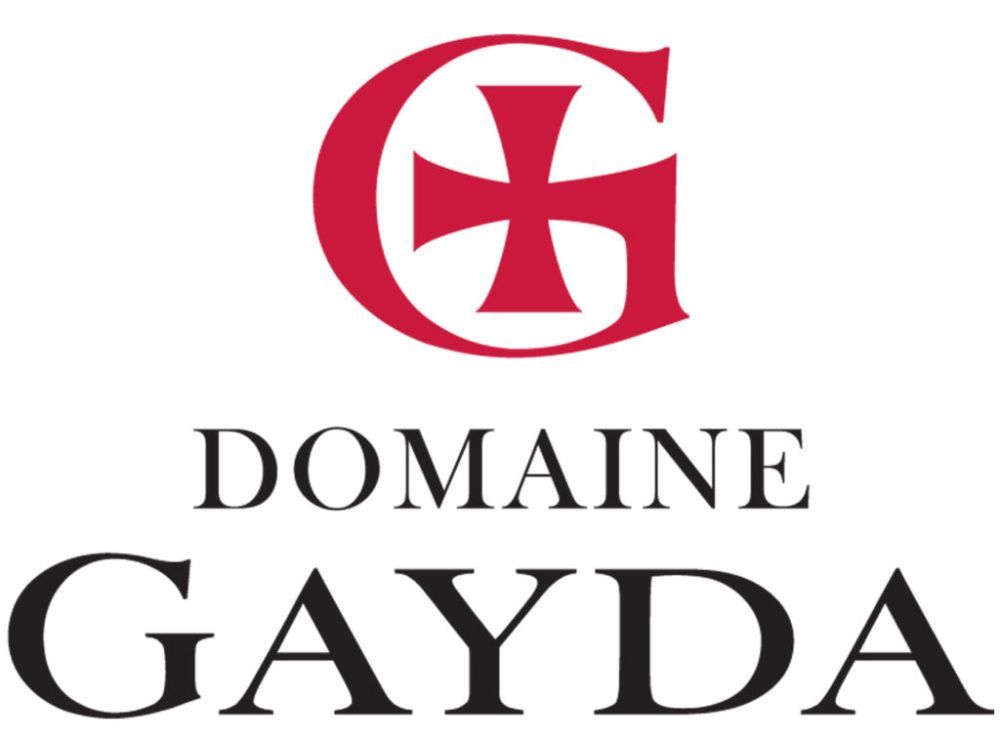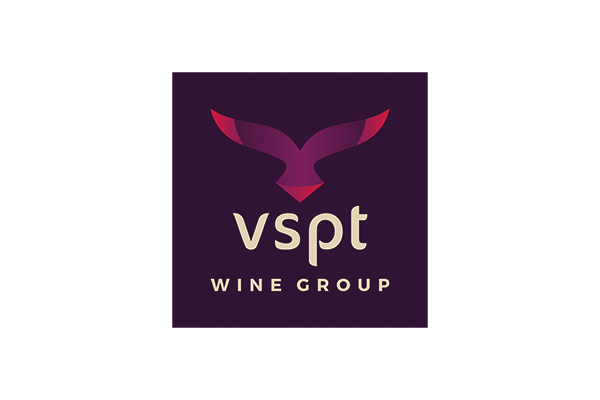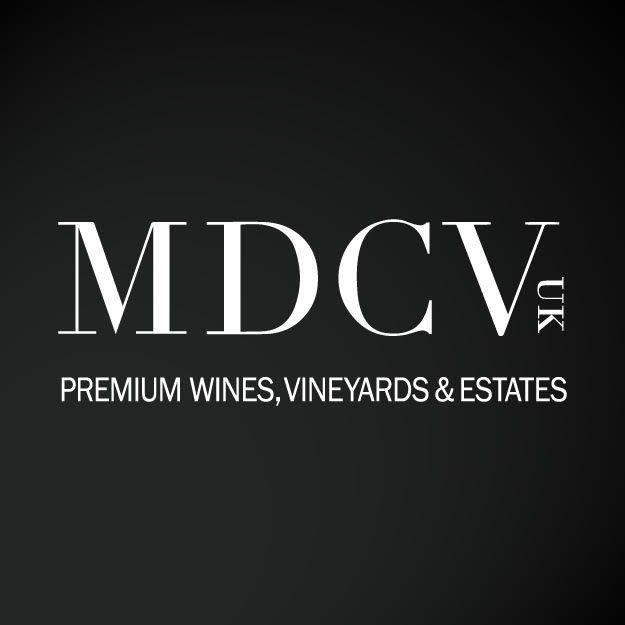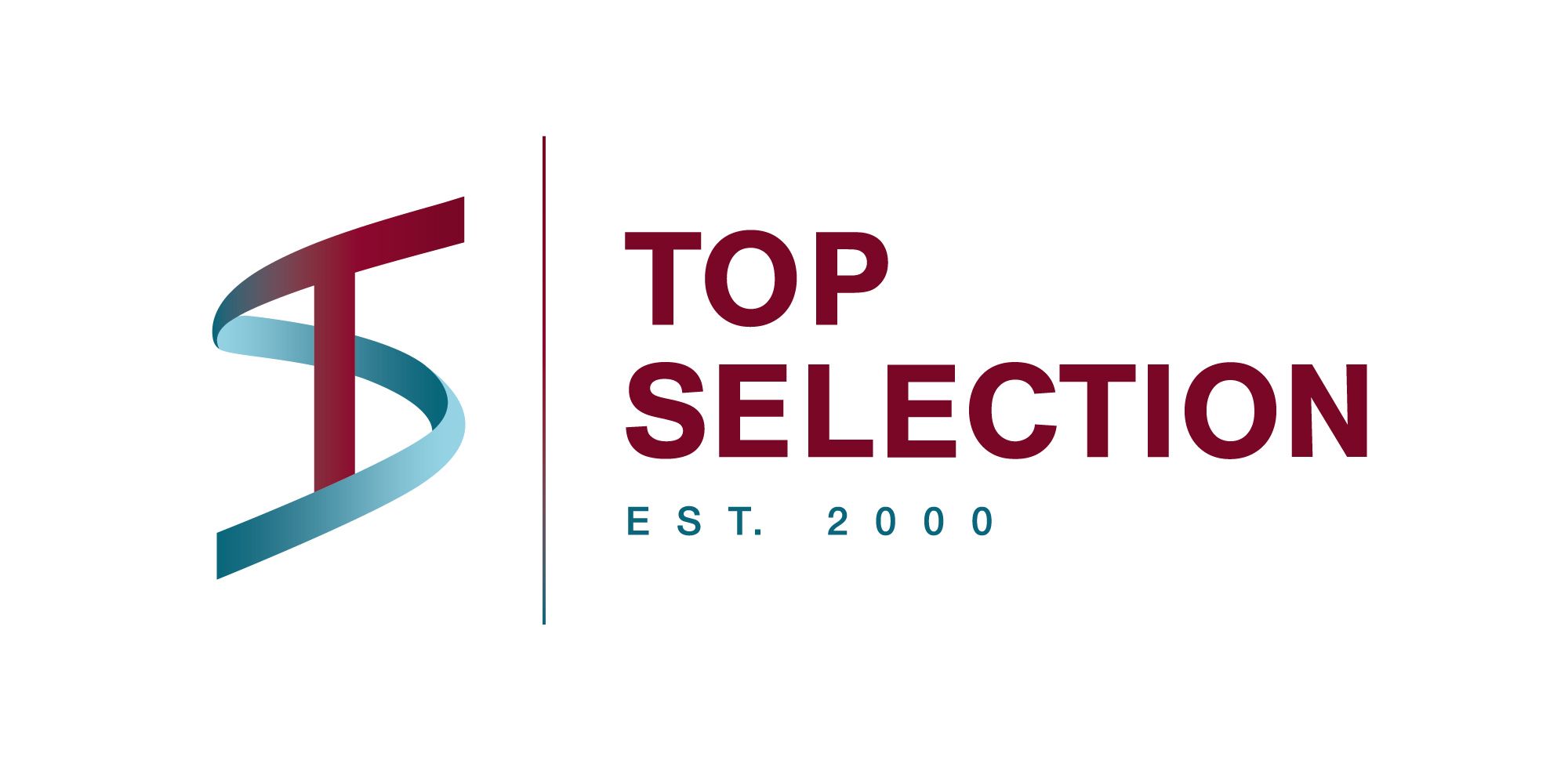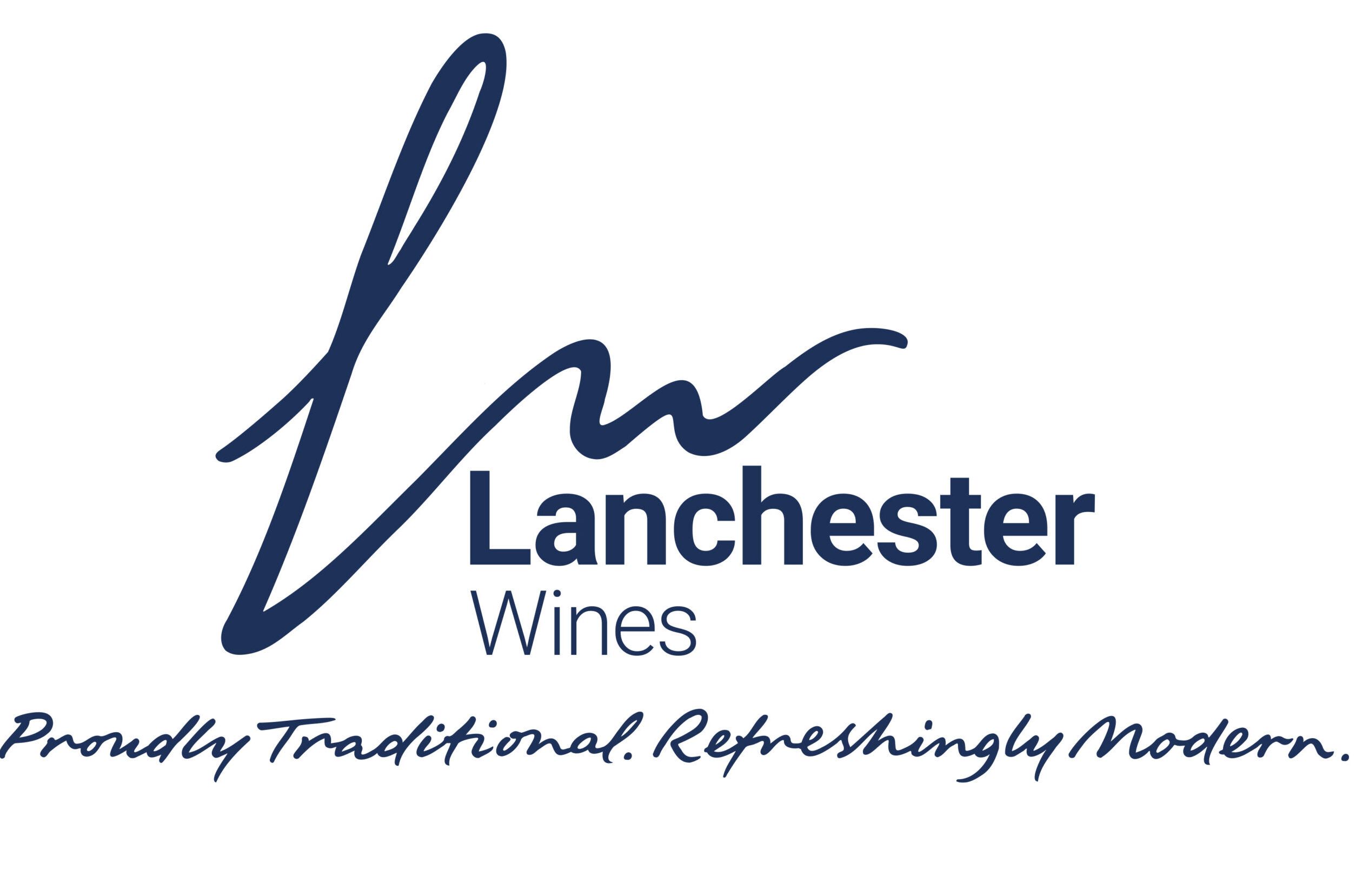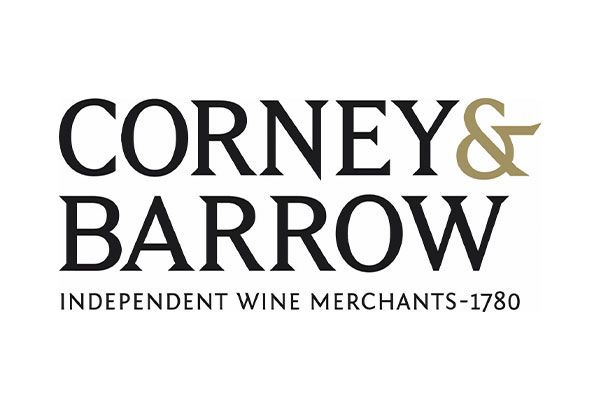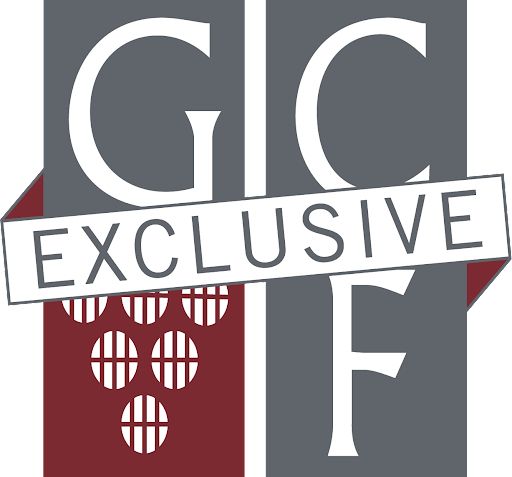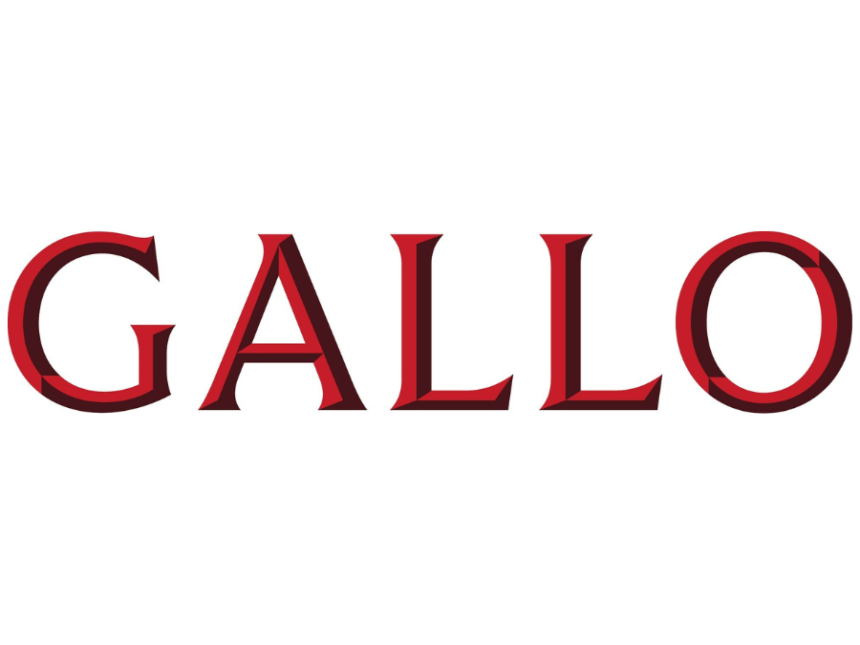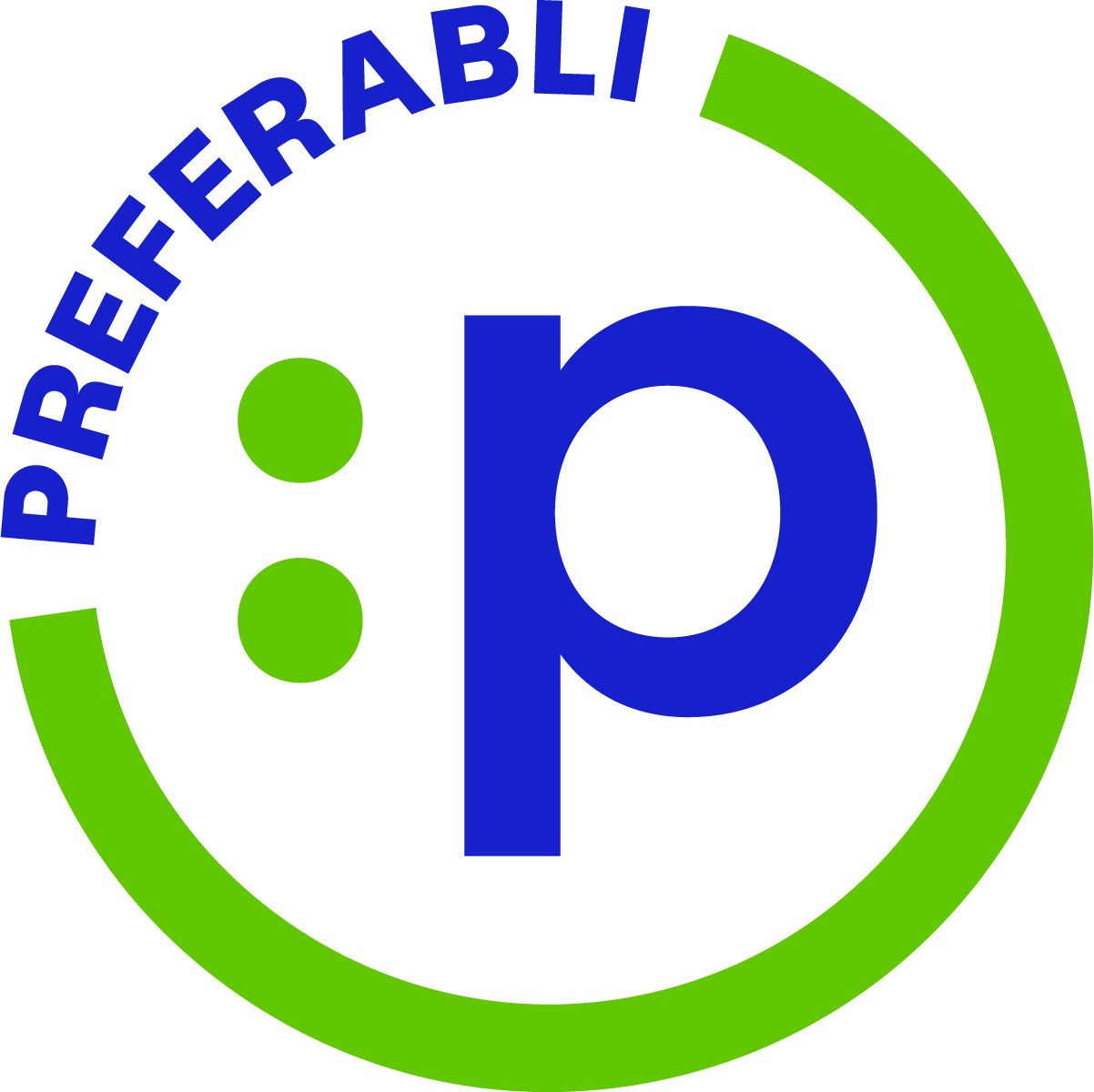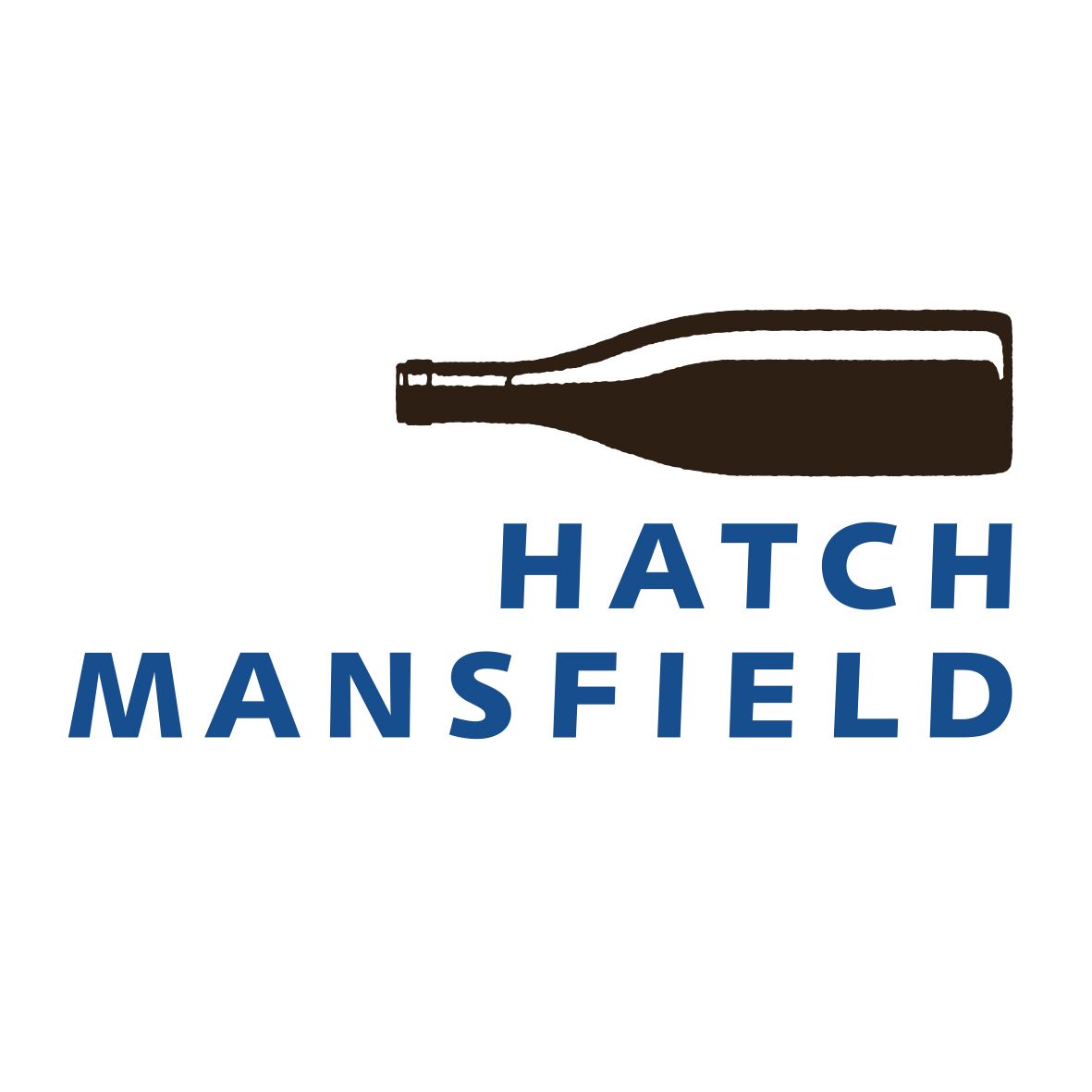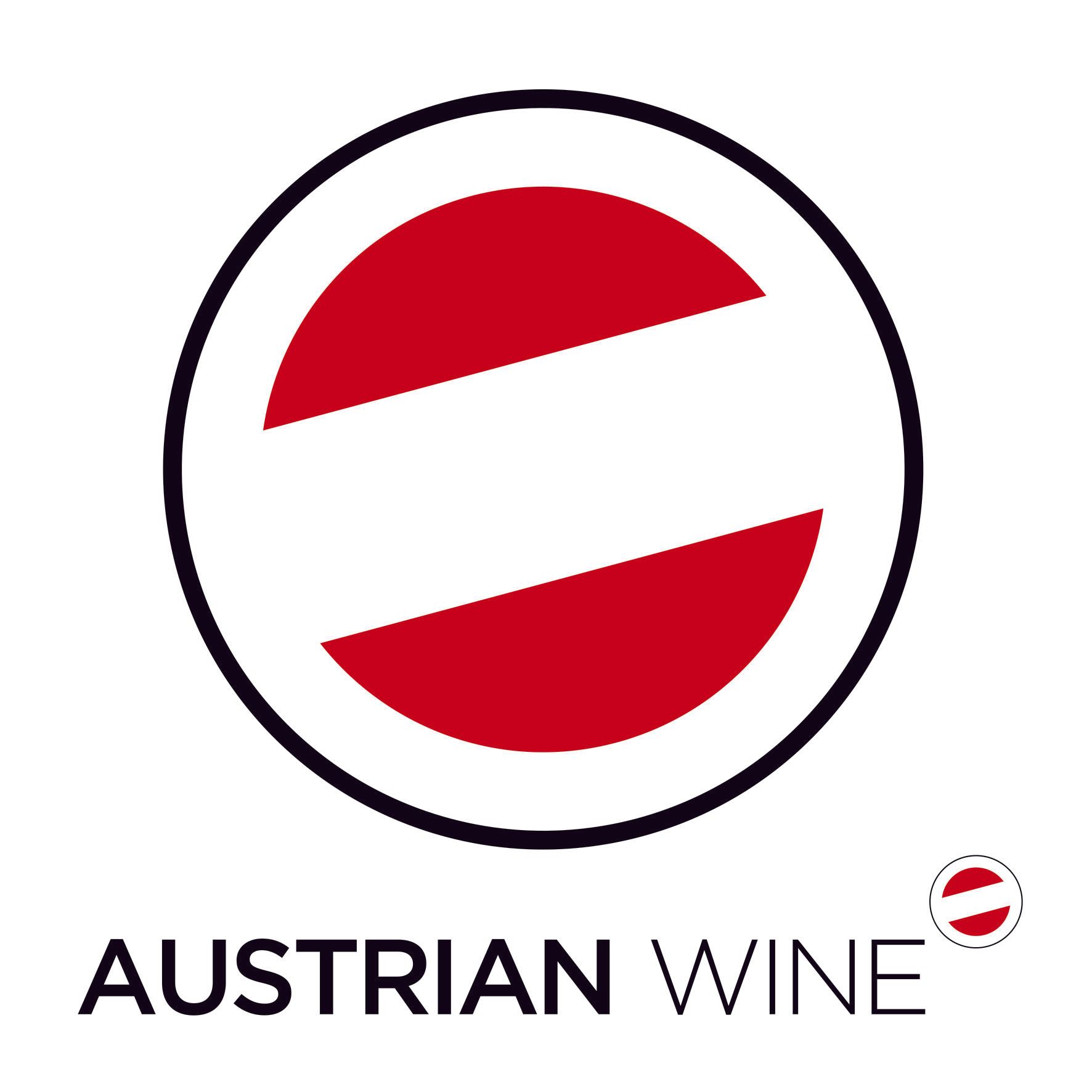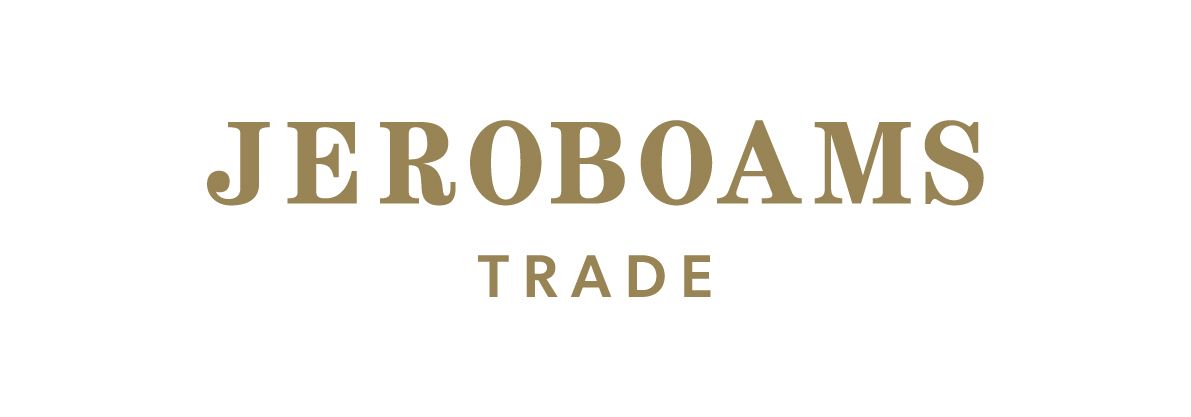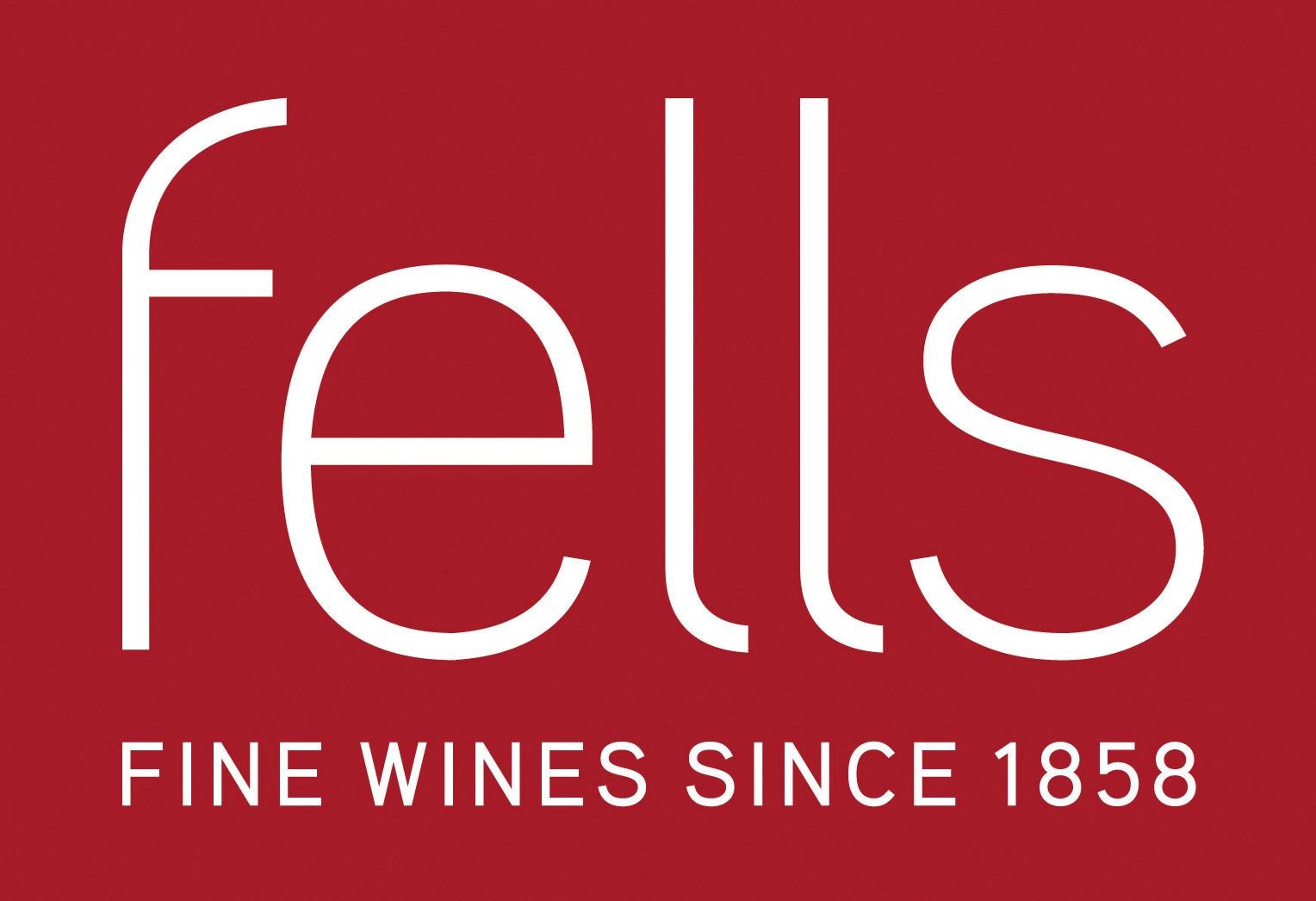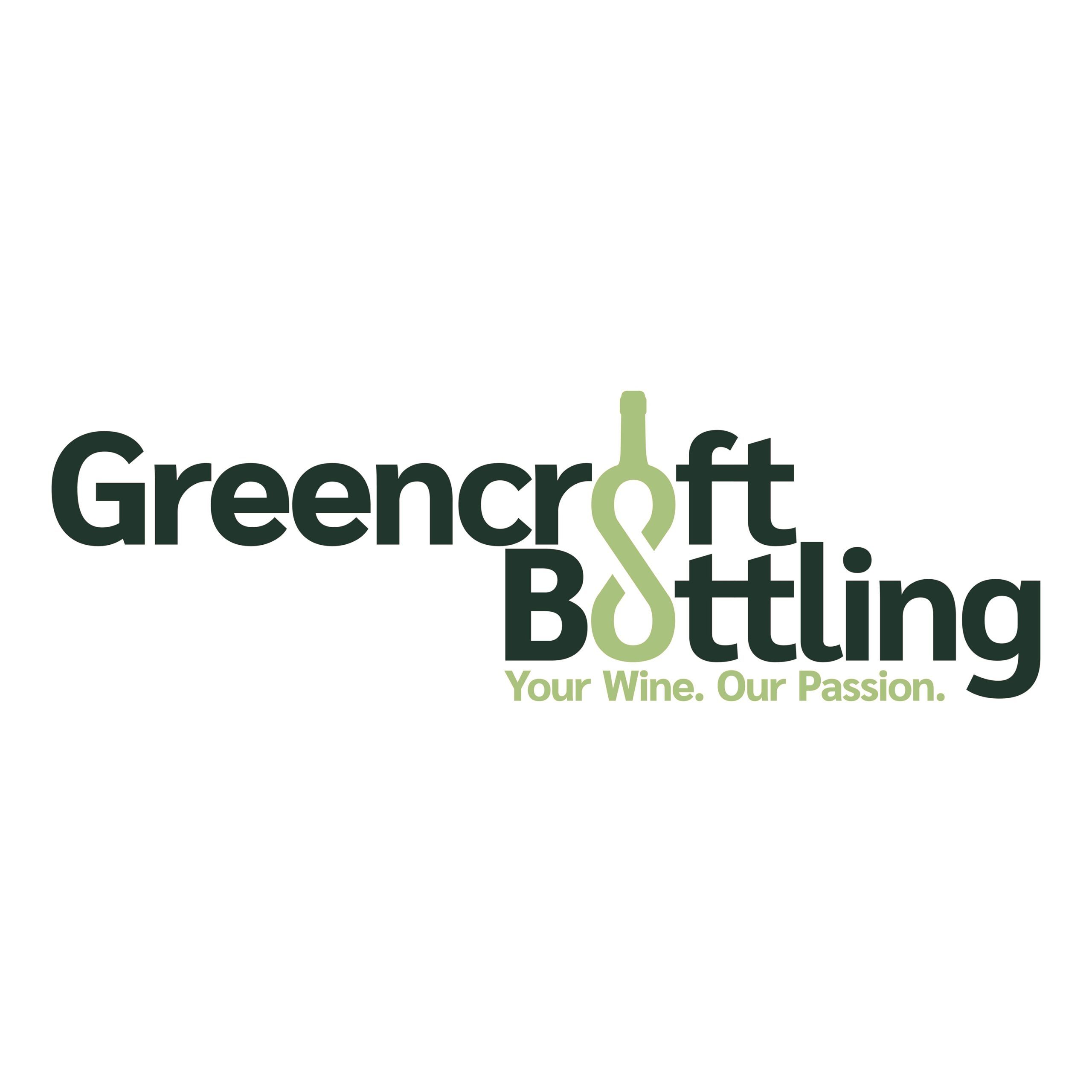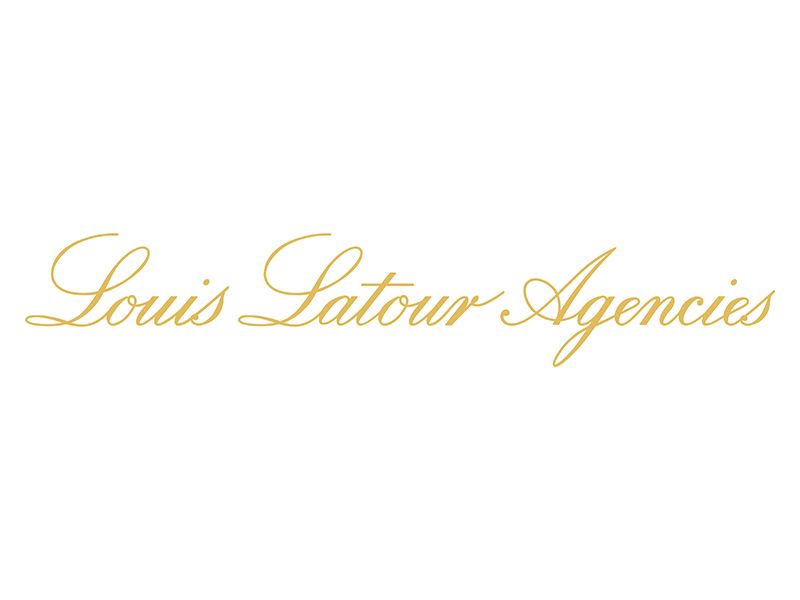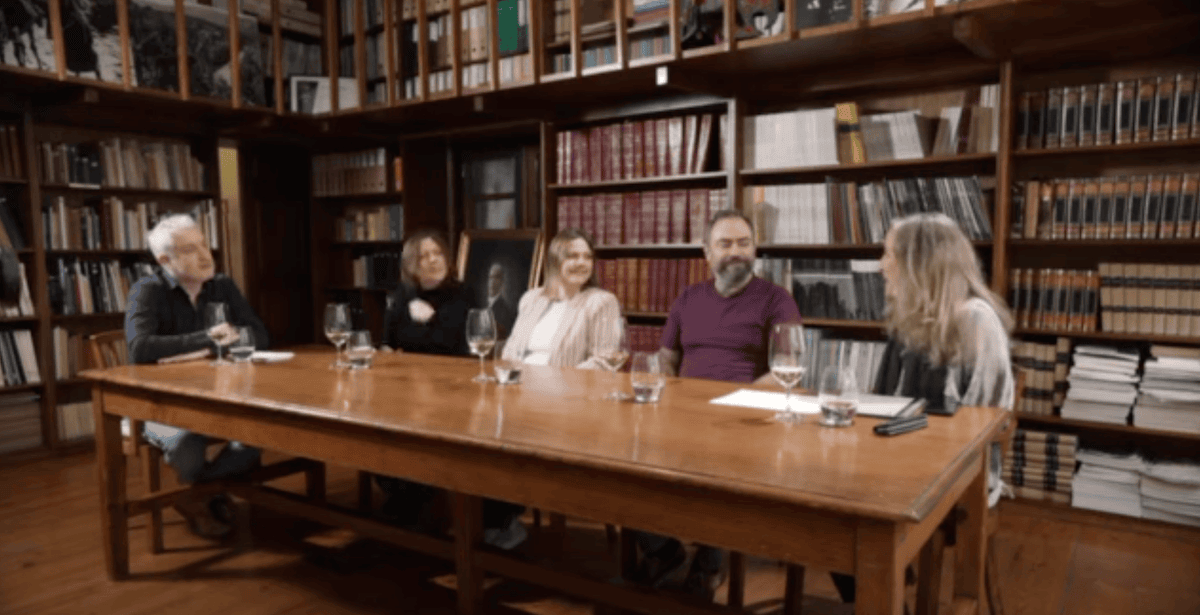The tasting illustrated just how well the Hugel Rieslings develop with age and what better way to show this than with a very old wine indeed…
On the day the 2018 football World Cup kicked off in Russia and bang slap in the middle of the Millésimes Alsace trade fair in Colmar, one of Alsace’s most famous producers Hugel decided to host an exclusive tasting in London.
Given what else was happening on this sunny Thursday were hosts Marc Hugel and his nephew Jean-Frédéric worried that the spotlight would be focussed elsewhere? No chance, because they were showcasing all three vintages of their cult-status Riesling Schoelhammer, as well as a special and old treat from a previous World Cup year. Let’s just say the room was full.
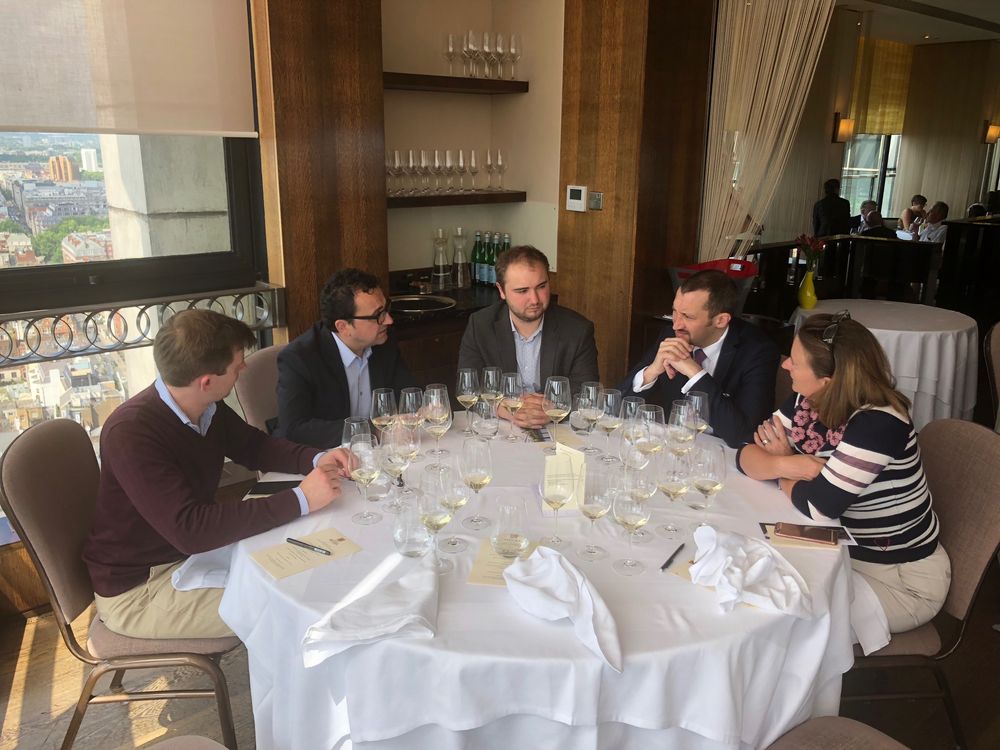
Jean-Frédéric Hugel (centre) at the launch of the Schoelhammer 2009, London
The tasting and lunch was set up to launch the 2009 vintage of Schoelhammer, and this was accompanied in the line-up by the 2007 and 2008 as well as a selection of other Rieslings and library vintages from the Hugel cellars.
Given that Hugel was founded in 1639 (and remains fully family-owned and run today) Schoelhammer is a very new addition to the story. It was first launched just three years ago in 2015 when the 2007 vintage came out, and is a single site wine from the Schoelhammer vineyard in the heart of Grand Cru Schoenenbourg.
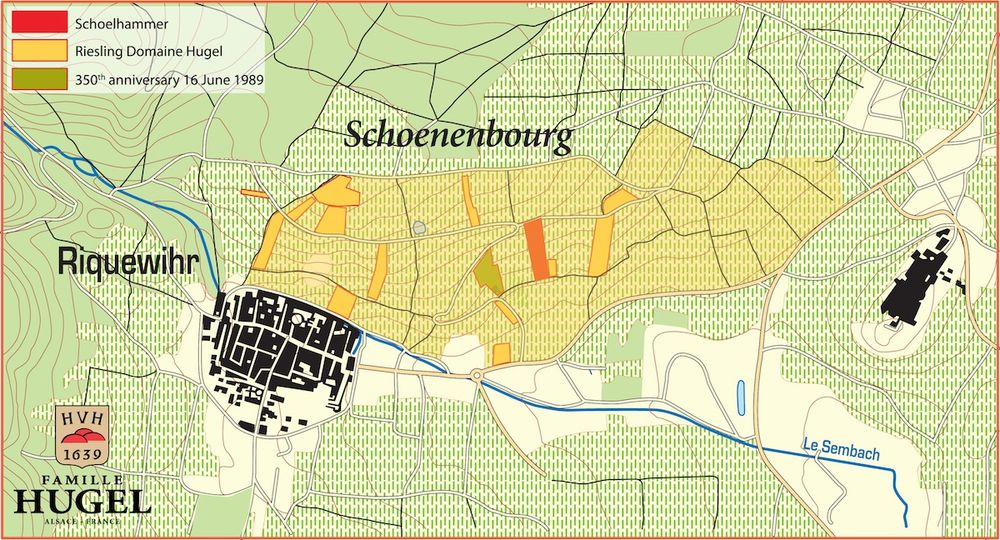
Map that shows where Hugel’s 16 hectares of the Schoenenbourg vineyard are located
This is one of Alsace’s most revered Grand Crus, described by Swiss cartographer Merian in 1643 as the site that produces ‘the most noble wine of all in the region’. Hugel’s Schoelhammer parcel comprises 0.63 hectares of this prized GC and is made up of 30 rows of south-facing vines at 280m above sea level.
Hugel has 16 hectares in total of Schoenenbourg vineyard (out of a total of 53 hectares) and of all of them they believe the Schoelhammer site produces wines which best demonstrate the unique terroir of this remarkable spot.
For years the family kicked against the Alsace Grand Cru system by refusing to use classified GC vineyard names on its labels but when they decided to make and sell a single-vineyard wine from this precise vineyard they finally relented. Jean-Frédéric says they would rather lead from within the system with a wine like this than make noises from the other side of the fence.
When the 2007 vintage of this dry, textured Riesling was launched in 2015 it came out of the blue but has quickly made a name for itself among Riesling and fine wine lovers. It’s produced in very limited quantities and spends at least seven years in bottle before release, longer for the 2008 and 2009. This is a wine that will, of course, be very happy to spend seven more on its side before drinking.
So on to the tasting notes for all three Schoelhammers, plus the ‘surprise older vintage’, which nobody guessed when Jean-Frédéric announced with a twinkle in his eye that it was from a World Cup year. 1966? 1990? No, 1934, the year of the second ever World Cup hosted by Italy. What a treat.
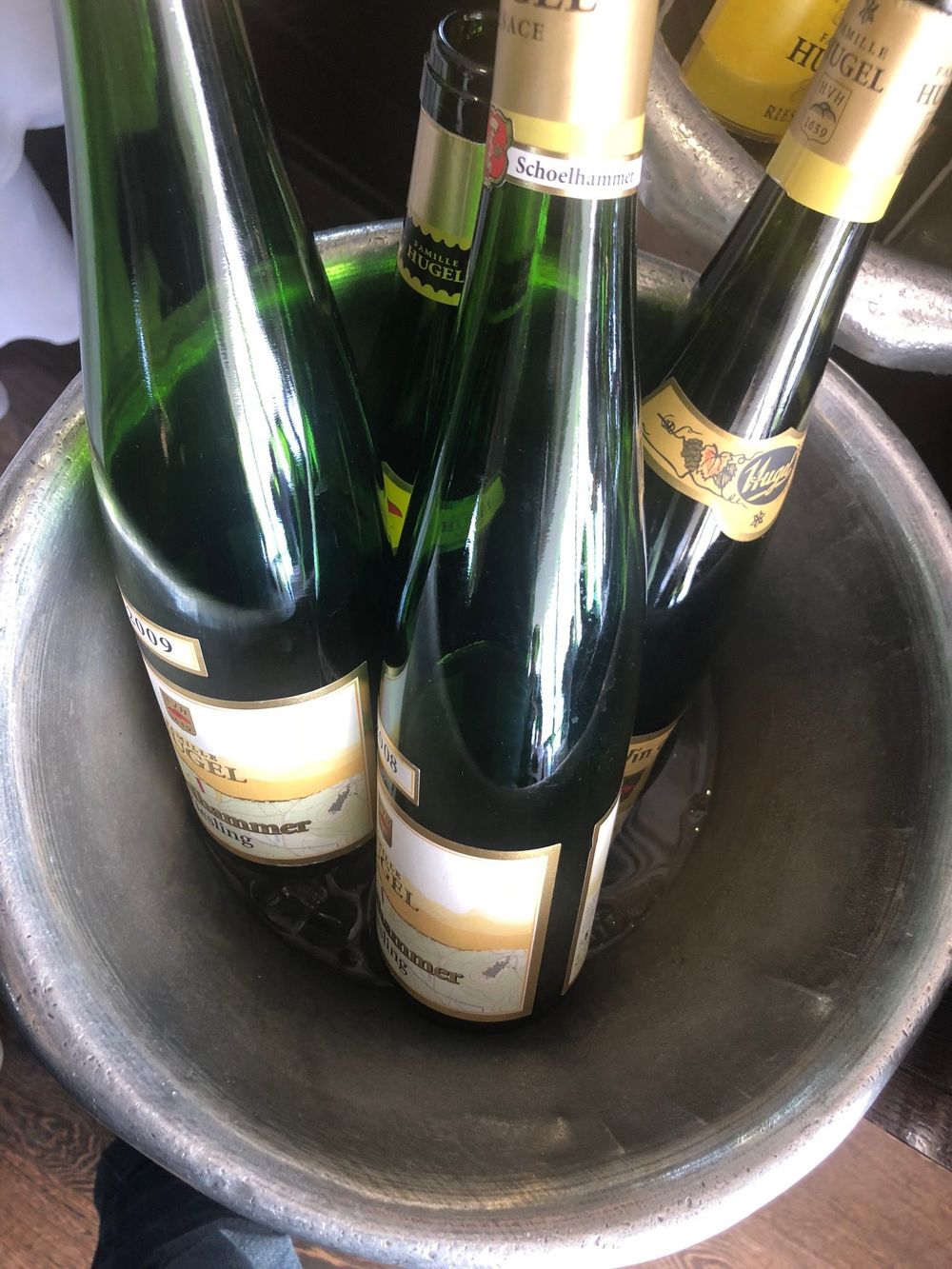
Schoelhammer 2009
Flinty with a nose of struck match and pristine fruit; crunchy red apple, grapefruit. It’s indulgent and rich on the palate with further tree fruit, plus cherry blossom, violets and a truffle earthiness. Right through there is bold acidity suggesting that this has a lot in the tank and a long way to go before it reaches its peak. Complex, open and intense now, but has great ageing potential.
Schoelhammer 2008
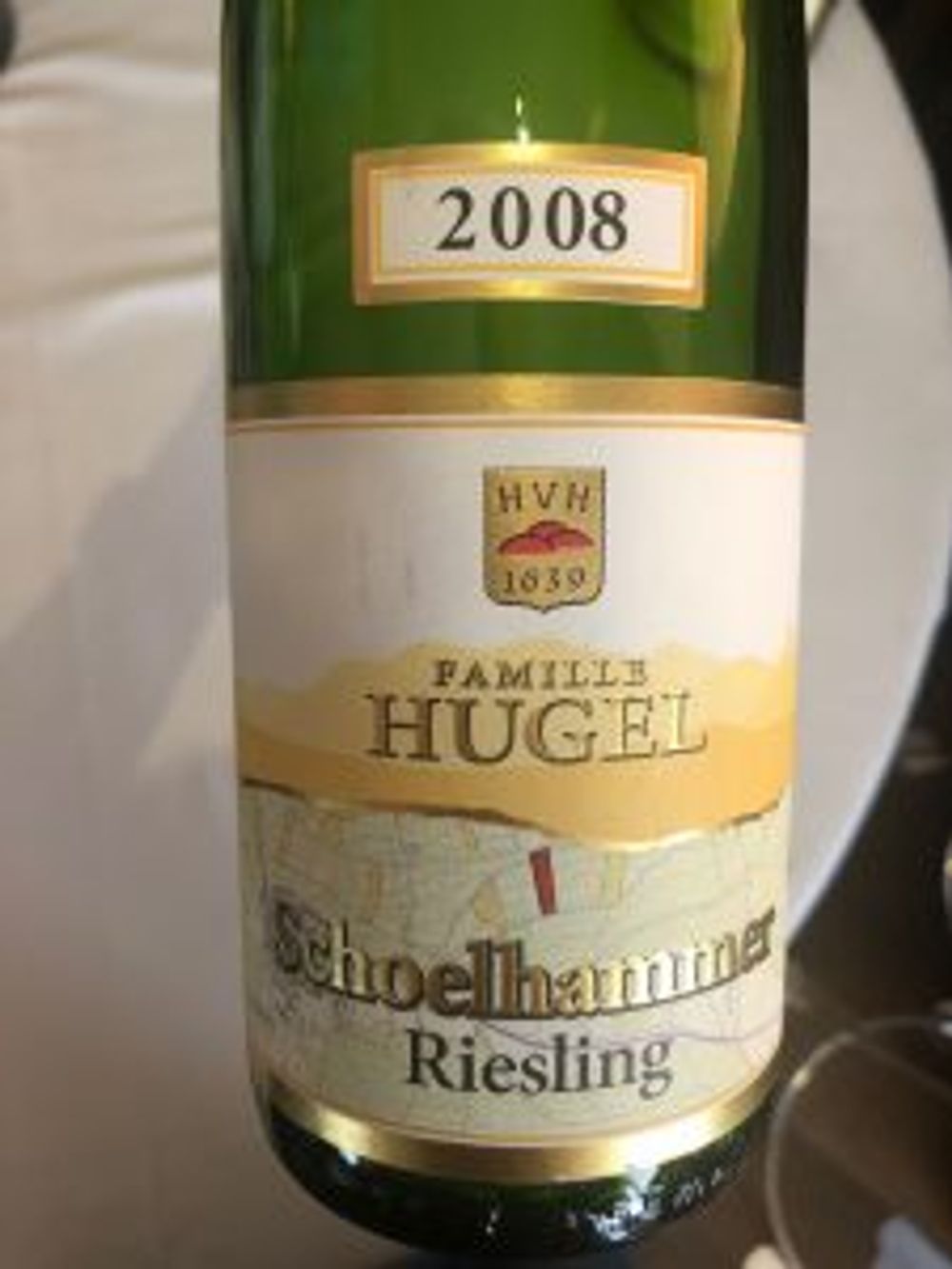
Already a different wine from the 2009; more developed with butterscotch and cardamom, but remains fresh and linear and is clearly cut from the same cloth. This spicy richness is counter-balanced by white flowers and wet quartz to offer a sumptuous but light-footed mouthfeel. Long, dense and aromatic, again this will age for a long time to come.
Schoelhammer 2007
The 2007 offers proof of just how effortlessly the Schoelhammer ages, but also demonstrates its potential longevity thanks to a spirited and mineral-spiked backbone of acidity. There’s freshness in the white peach, juicy apple and floral characters which lift the more developed notes of toffee, green tea and beeswax. A mouth-filling joy that’s complex yet approachable. It really came to life with food.
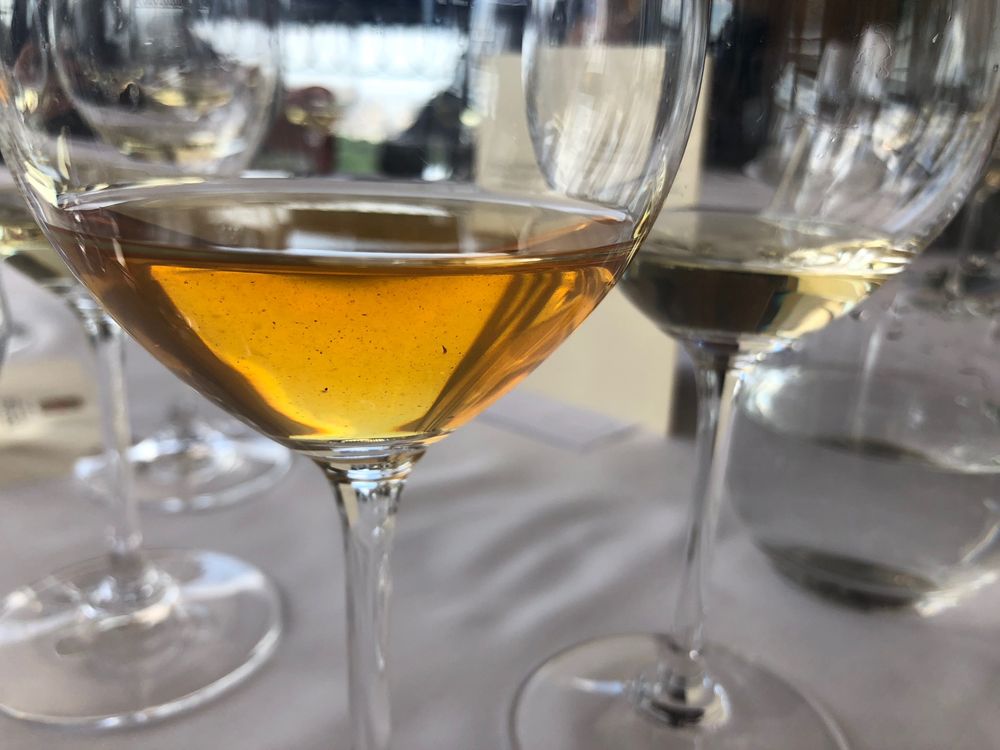
History in a glass: the 1934 Riesling from Hugel
Riesling ‘Hugel’ 1934 (Magnum)
As special ‘library’ wines to end a tasting go, pulling a 1934 Riesling was the vaults is pretty impressive. A magnum too, with ‘Réserve Personnelle’ printed across the top of the label to add a little more (unneeded) cachet. This wasn’t bottled in magnum we’re told, but re-bottled a few years ago, and there are only five magnums of the 1934 left. Well, now there are four. The wine itself is salty, developed and oxidised as you’d expect but the over-riding characters are not of oxidation, but of dried apricot, ginger, burnt honeycomb and rubber. An ethereal wine, showing just how long-lived Riesling can be, and a real treat.
